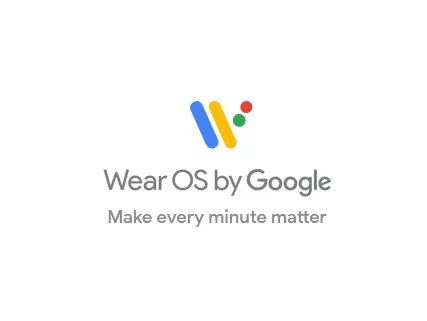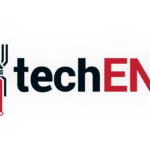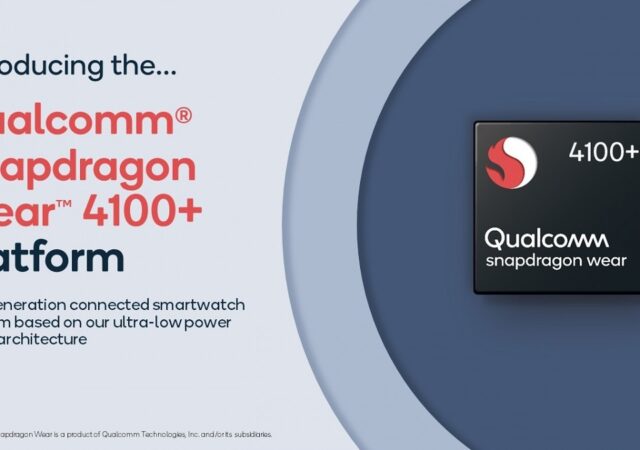Google revealed that the upcoming Wear OS will be called Wear OS 3. The first Wear OS 3 devices are expected to roll out soon.
Wear OS Gets New GBoard -Fresher, Faster, Better
Google’s GBoard app now comes to Wear OS. The new default keyboard is more streamlined, faster, and better than before.
Qualcomm Snapdragon Wear 4100 Platform Unveiled
Wearables get better with Qualcomm’s new Snapdragon Wear 4100 platform. The new SoC for wearables is 85% faster than before while cutting back energy consumptions.





